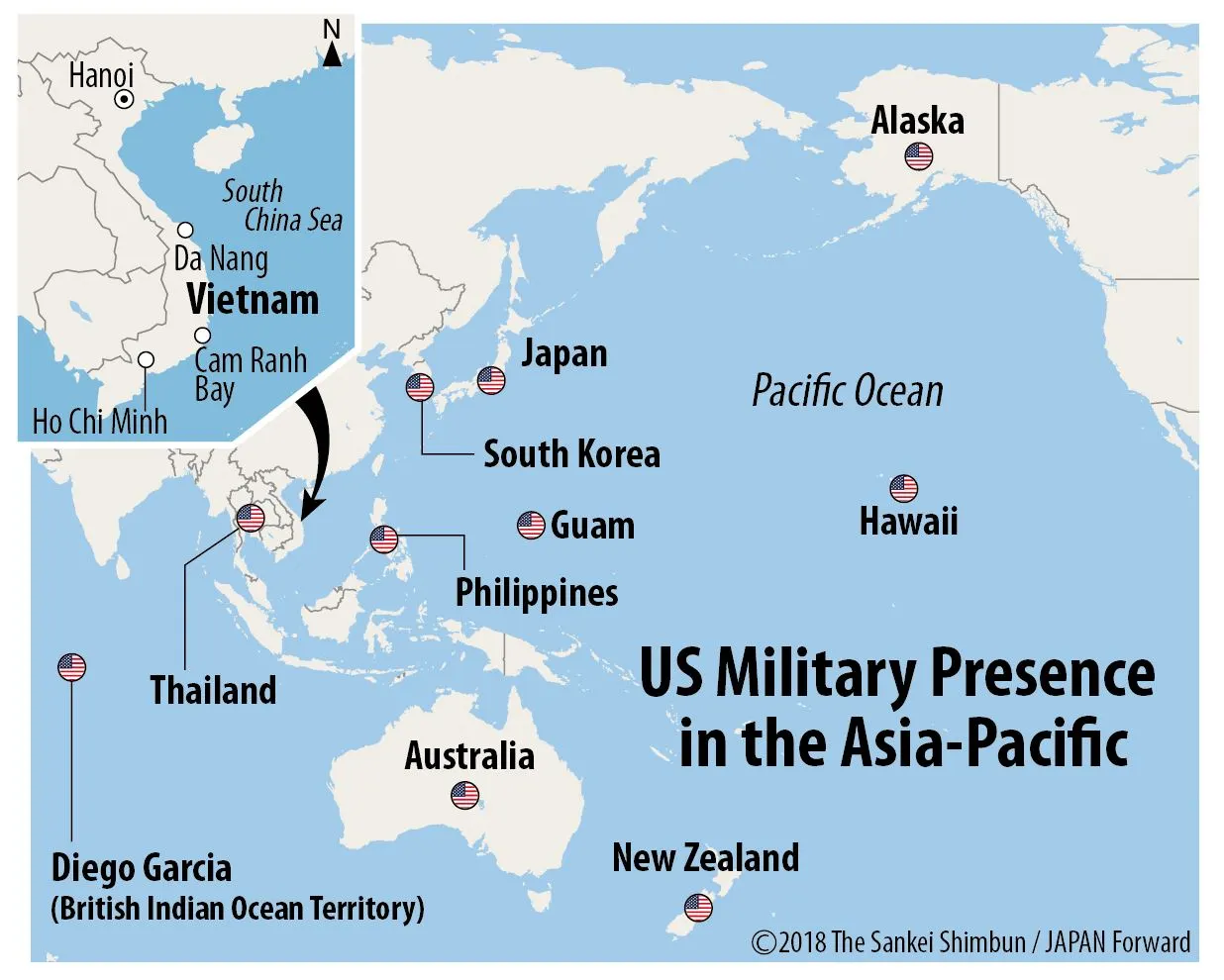Political tensions in the Asia-Pacific are surging as New Zealand, Japan, and the Philippines further integrate with the US-led military bloc.
This shift was highlighted at a Washington summit, where leaders planned to amplify military operations, including joint naval exercises with Australia in the sensitive East China Sea.
Last Tuesday, the US, UK, and Australia endorsed Japan as a “Pillar II” candidate for the AUKUS nuclear submarine alliance.
This move is part of a larger strategy to counter China’s influence and maintain US regional dominance.
The expansion involves exchanging advanced technology such as artificial intelligence, underwater drones, and quantum computing.
Mao Ning, a spokesperson for the Chinese Foreign Ministry, voiced concerns that this could exacerbate regional arms races and undermine peace and stability.

During a visit to Washington, New Zealand’s Foreign Minister Winston Peters aligned with US strategies.
He emphasized the need for closer cooperation within US-defined regional frameworks.
Former New Zealand Prime Minister Helen Clark criticized this alignment, viewing it as undemocratic and lacking public mandate.
She regarded it as a step towards New Zealand joining the AUKUS alliance.
The growing US, Japan, and Philippines partnership may heighten tensions in strategic areas like the South China Sea and near Taiwan.
In July 2016, the Permanent Court of Arbitration invalidated China’s expansive maritime claims in these waters.
Escalating Military Alliances in the Asia-Pacific
The unity at the Washington summit indicates a US effort to militarize Japan and the Philippines, suggesting a formal alliance.
Despite Japan’s post-war pacifist limits, its significant military capabilities play a crucial role.
As US hegemony wanes and global power shifts, Washington’s dominant strategy faces challenges.
Rhetoric from the US and China may escalate tensions, potentially sparking conflict, as noted by Pascal Lottaz from Kyoto University.
With alliances strengthening, the Asia-Pacific region is at a crucial crossroads, facing potential conflicts or diplomatic resolutions.
This situation remains a key issue in global discourse, reflecting the complex dynamics of international relations.

